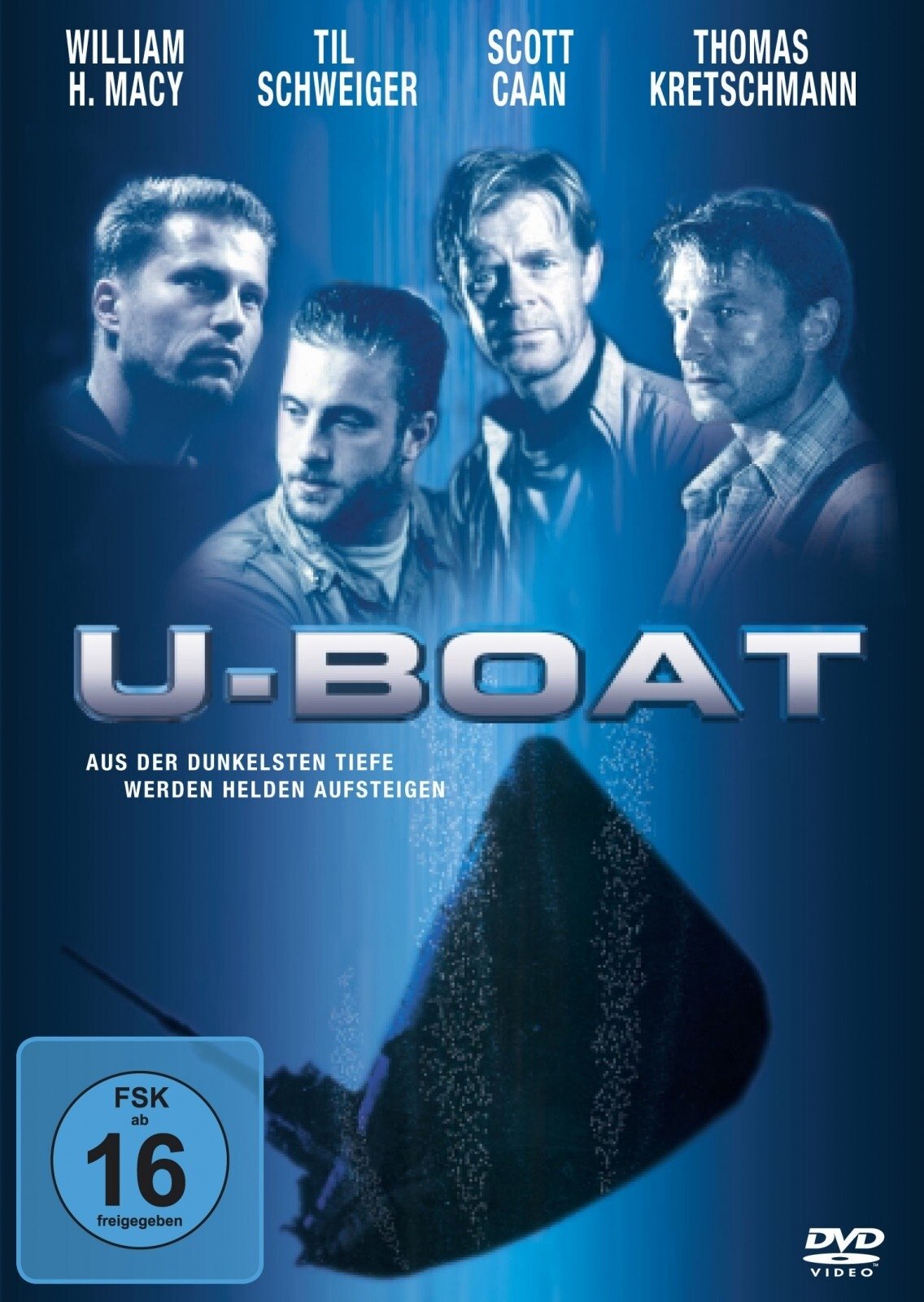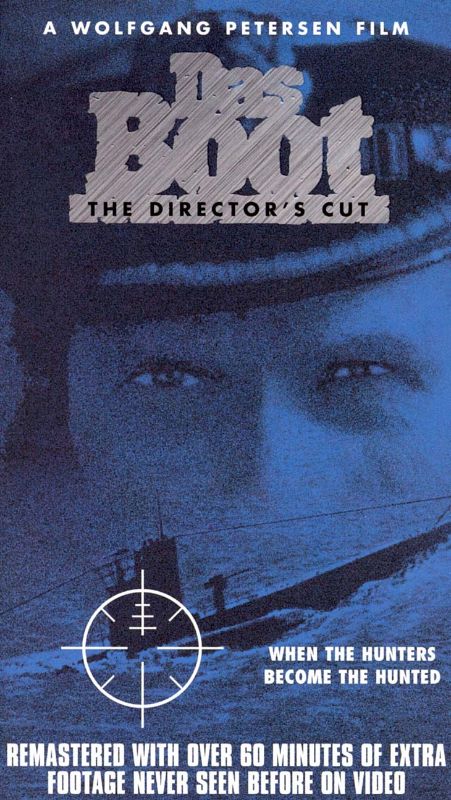


We are also never shown clearly any of the "enemy". The implication is that the Captain and a few others are old campaigners who have been around since before the rise of Nazism and are somehow above it. Anyone who mentions Hitler in a respectful way is treated derisively and the Captain actively questions his superiors. You'll notice when the sub enters the port, the captain salutes in the more traditional manner with hand to forehead rather than raised straight out.

Likewise, none of the crew say "Heil Hitler" or use the Nazi salute. Quite often the crew are out of uniform so we don't see any military paraphernalia on them. Peterson gets away with this by being very careful of what he shows. It's always easier to forgive a longer running time from the comfort of your own sofa.Īs Eric wrote, it's rather odd at first to be seeing a World War II film from the German point of view.
Dasboot running time movie#
That's the advantage of watching a movie at home versus in the theater where you have to watch it in one go, without even being able to use the restroom without missing a portion of the film. At three and a half hours, the director's cut, which Peterson used to create more character development, is quite long. While I enjoyed this well made movie, I'll admit that it took me two nights to watch it all. There have been many World War II movies, but few feel as sincere and horribly real as this one. World War II German submariners only had a 25% survival rate.It was filmed mostly in sequence so the men’s beards grew naturally as the movie progressed. There is no glamorizing of any battle or any individual heroics. It truly gives you the feel of being on the submarine.ĭas Boot is so very true to life. Nearly all of the scenes were shot forward looking aft or vice versa. It was mostly hollow, used only for scenes at sea, while a second interior U-Boat was built for filming inside the submarine. The replica was built by the original builder of the U-Boats. The final shot of Prochnow is an ironic punch to the stomach.Ī replicated, sea worthy, submarine was built based on two of the surviving U-Boats one is at the Chicago Museum of Science and Industry, while the other is now a memorial in Laboe, Germany. He sometimes questions his orders from HQ and does not fully agree with his government’s ideology but he remains a loyal German. He sometimes has to make command decisions that decide life or death. He is a veteran officer and must keep a level head no matter how stressful the situation. These guys are not political they are just doing what is expected of them.Īt the heart of the film is Captain Henrich Lehmann, played by Jurgen Prochnow. They complain when orders are changed as if they were personal attacks on them. On their down time, they talk of wives, girlfriends, getting laid and soccer. Although the “Just following orders.” excuse did not work at the Nuremberg trials, we do see these men as doing just that. We may not cheer for these men to kill their enemy but we by no means want to see them die. We are the silent sailor who simply observes all that is happening around us. Over the course of the movie, we become a member of the crew. Although the men in the water are the enemy, the German crew recognizes that their roles could easily be switched. Men aboard the ship, some on fire, jump over board in desperation to survive. In fact, one scene is quite emotional when they watch a freighter burn that they recently torpedoed. Although they are Germans in a World War II film, you do not develop any real animosity toward them but nor do you ever find yourself rooting for them to sink any allied ships. We get to know some of them as they spend every hour in confined spaces. We follow them from the pre-shipping out party, through their tedium and extremely tense encounters with enemy destroyers. That may sound like a long movie, and it is, but it is well worth the watch.ĭas Boot ( The Boat) tells the story of a mostly new submarine crew on a German U-Boat during World War II. This led to Wolfgang Peterson’s directors cut which runs at three and a half hours. In 1985, it was put on German television as a mini-series with nearly twice the running time. It was a critical and commercial success. At the time, it was the most expensive German movie ever made. Das Boot was nominated for a then record six Academy Awards for a foreign language film.


 0 kommentar(er)
0 kommentar(er)
